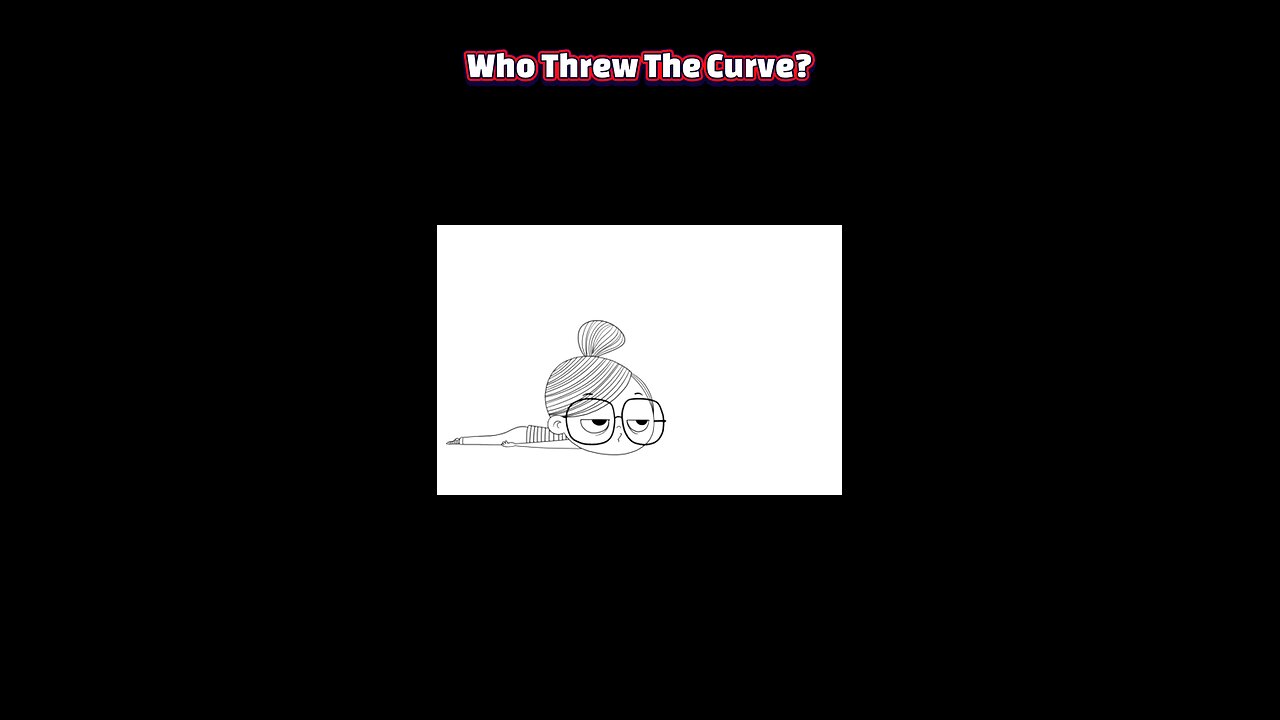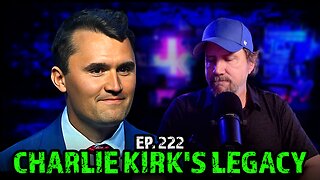Premium Only Content

When Joy Disappears: Understanding Anhedonia & Finding Your Way Back
#Anhedonia #MentalHealthAwareness #LossOfJoy #LifeTips #MindHealth #Wellbeing #SelfCare #BurnoutRecovery #EmotionalHealth #FindingJoy
Losing your appetite for life can feel like someone quietly drained the color from your days. The jokes don’t land, the foods you loved taste like cardboard, hobbies turn into chores, and even good news barely registers. This isn’t laziness or a lack of gratitude. Sometimes it has a name: anhedonia—the dampening of the brain’s ability to anticipate or feel pleasure. Naming it doesn’t fix it, but it can loosen the grip of shame. Anhedonia shows up in two main ways. There’s anticipatory loss—the “wanting” system—where you stop looking forward to things, plans feel heavy, and motivation shrivels. Then there’s consummatory loss—the “liking” system—where you do the thing and it just doesn’t spark. You might still laugh, but it’s hollow; still socialize, but it’s like acting. Anhedonia often rides along with depression, burnout, grief, trauma, or certain medical conditions, but it can also be a temporary response to prolonged stress. At a brain level, anhedonia is the reward system going low-power. Circuits that normally tag experiences as meaningful and energizing get blunted, often by stress hormones, sleep disruption, inflammation, or mood disorders. The mind tries to conserve energy, so it mutes pursuit and shrinks curiosity. That conservation loop becomes self-fulfilling: less effort leads to fewer rewarding experiences, which confirms the lie that nothing matters, which further lowers effort. The cruel trick is that anhedonia whispers identity-level stories: “You’re joyless now. This is who you are.” It isn’t. Recovery rarely looks like fireworks; it’s more like a dimmer turning back up. Small, reliable inputs help: gentle structure when motivation is low, five-minute “micro-pleasures” that are easy to start, moving your body even when you don’t feel like it, and low-stakes novelty that nudges curiosity without demanding enthusiasm. You’re not chasing euphoria—you’re rebuilding the capacity to notice “slightly better.” If the gray has lingered for weeks, if it’s hollowing out relationships, work, or self-care, consider talking with a clinician. Anhedonia is treatable, and support might include therapy (like behavioral activation), sleep and stress interventions, addressing medical contributors, and sometimes medication. You don’t have to wait to “feel like it” to begin; action can lead and feeling can follow. Joy may not thunder back all at once—but it can return, quietly at first, then more often, until life has edges and light again.
-
 2:13:26
2:13:26
Badlands Media
13 hours agoDevolution Power Hour Ep. 390 - Political Warfare, Jimmy Kimmel & ANTIFA
101K31 -
 2:43:56
2:43:56
TimcastIRL
8 hours agoJimmy Kimmel FIRED, ABC Pulls Show Over Charlie Kirk Assassination Comments | Timcast IRL
380K213 -
 1:58:02
1:58:02
Barry Cunningham
9 hours agoJIMMY KIMMEL CANCELLED | OBAMA IS WHINING! | JD VANCE ON JESSE WATTERS!
116K132 -
 2:34:46
2:34:46
TheSaltyCracker
9 hours agoWe Got Him Fired ReeEEStream 9-17-25
157K383 -
 43:44
43:44
Man in America
11 hours agoAmericans Are About to Lose Everything—And They Don’t Even Know It
61.2K33 -
 1:41:11
1:41:11
Adam Does Movies
2 days ago $4.50 earnedTalking Movies + Ask Me Anything - LIVE
46K2 -
 3:40:08
3:40:08
I_Came_With_Fire_Podcast
17 hours agoNASA Blocks China, TPUSA BOOSTED, Chinese Spamoflauge, & Factional Division
47.5K6 -
 33:40
33:40
Jamie Kennedy
9 hours agoEp 222 Processing the Loss of Charlie Kirk | HTBITY with Jamie Kennedy
64.5K28 -
 1:32:05
1:32:05
Badlands Media
1 day agoAltered State S3 Ep. 46: Tactical Nukes, Thermite, and the 9/11 Puzzle
77K12 -
 9:18
9:18
ARFCOM News
14 hours ago $2.00 earnedNSSF "Celebrates" ATF Partnership | Glocks BANNED | Redundant Spooky Boi Ban
40.4K10